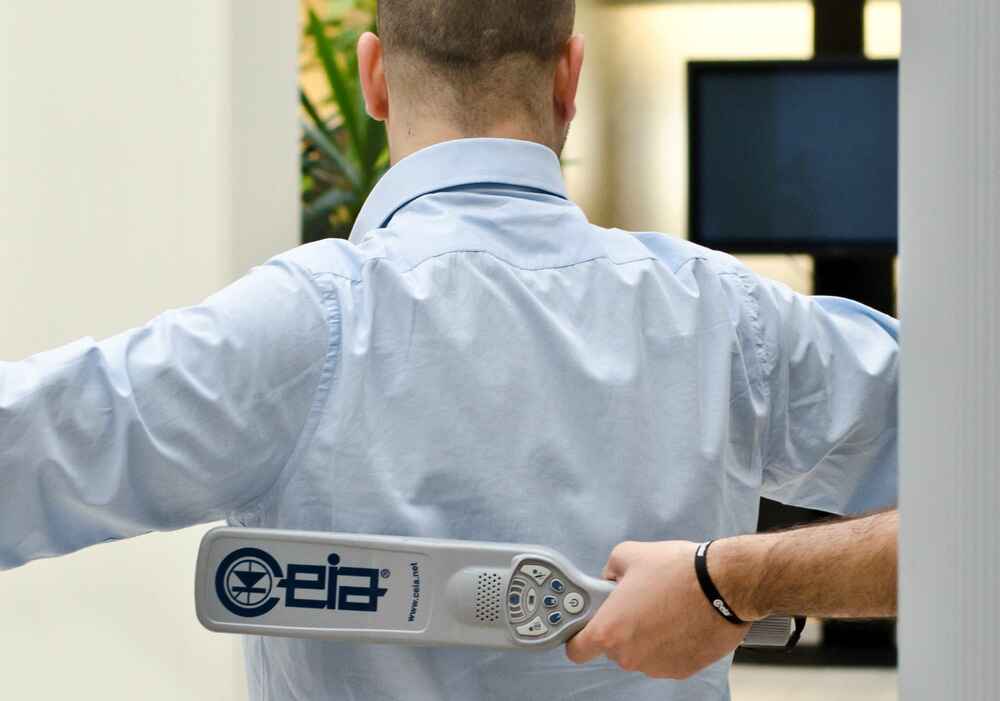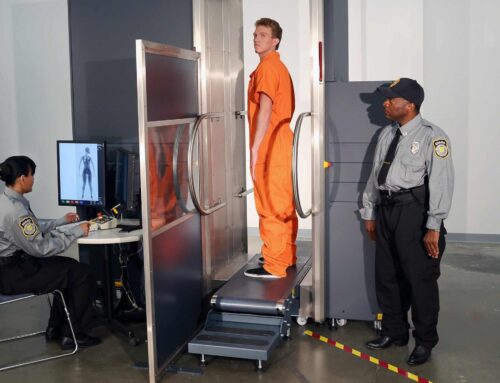Hand-held metal detectors are invaluable tools for security professionals, offering flexibility and precision when it comes to detecting concealed weapons, metallic objects, and other threats. These portable devices are a staple in airports, event venues, schools, and many other facilities where safety is paramount. To ensure maximum efficiency and accuracy, it’s essential to use hand-held metal detectors correctly and follow best practices. Here are some key tips to make the most out of these critical security tools.
Understanding the Device
Before operating a handheld metal detector, it’s important to familiarize yourself with the device’s features and capabilities. Most hand-held detectors come equipped with adjustable sensitivity settings, audio and visual indicators, and ergonomic designs for ease of use. Understanding these functionalities will help you tailor the device to specific scenarios. For example, high-sensitivity settings are ideal for environments requiring precise detection, while lower settings can reduce false alarms in less critical situations.
Conducting a Proper Inspection
- Positioning the Detector: Always start by positioning the detector close to the individual or object being scanned. Maintain a consistent distance of 1-2 inches to ensure accuracy without compromising speed.
- Scan in a Methodical Pattern: Use a systematic approach to scanning. Begin at the top of the subject and work your way down, covering all areas, including sides and underarms. For bags or packages, scan each side thoroughly, ensuring no angle is overlooked.
- Slow and Steady Movements: Avoid rushing through the scan. Slow, deliberate movements allow the detector to pick up even the smallest metallic objects, reducing the chance of missing a concealed item.
- Pay Attention to Indicators: Modern hand-held metal detectors typically provide audio, visual, or vibration alerts when metal is detected. Train yourself to recognize these signals and respond accordingly. For instance, an intermittent signal may indicate a smaller object, while a continuous alert often signals a larger or closer metallic presence.
Calibrating for Accuracy
Proper calibration is crucial for ensuring reliable performance. Most handheld security detectors allow users to adjust sensitivity levels based on the environment and specific security requirements. Regularly check the device’s battery level, as low power can compromise detection efficiency. Additionally, test the detector on known metallic objects before use to confirm it’s functioning correctly.
Maintaining Professional Conduct
- Respect Privacy: Always conduct scans in a manner that respects the individual’s personal space and dignity. Clearly communicate your actions before beginning the inspection.
- Follow Protocols: Adhere to the security protocols and guidelines established by your organization. This ensures consistency and professionalism in all interactions.
Routine Maintenance
To keep security wands in optimal condition, perform regular maintenance. Clean the device to prevent debris buildup, and store it in a protective case when not in use. Periodic checks for wear and tear, as well as timely battery replacements, can extend the lifespan of your detector.
Final Insights
Hand-held metal detectors are indispensable tools in maintaining safety and security. By understanding their functionalities, employing systematic scanning techniques, and maintaining professional conduct, you can ensure these devices are used effectively. When paired with proper training and regular maintenance, hand-held metal detectors provide a reliable layer of protection in various security settings.






